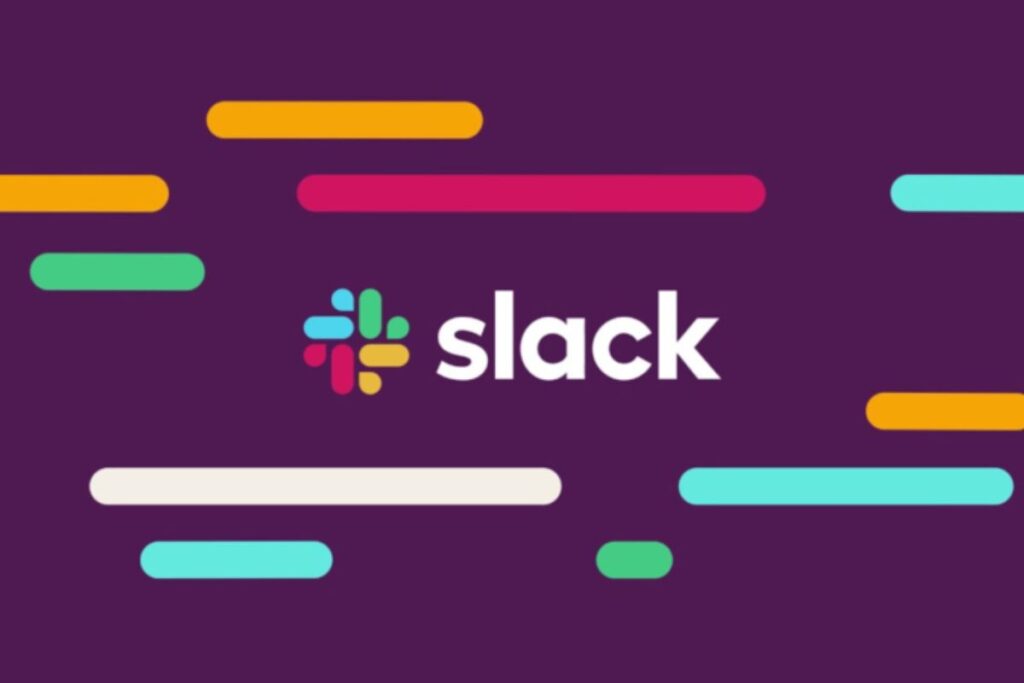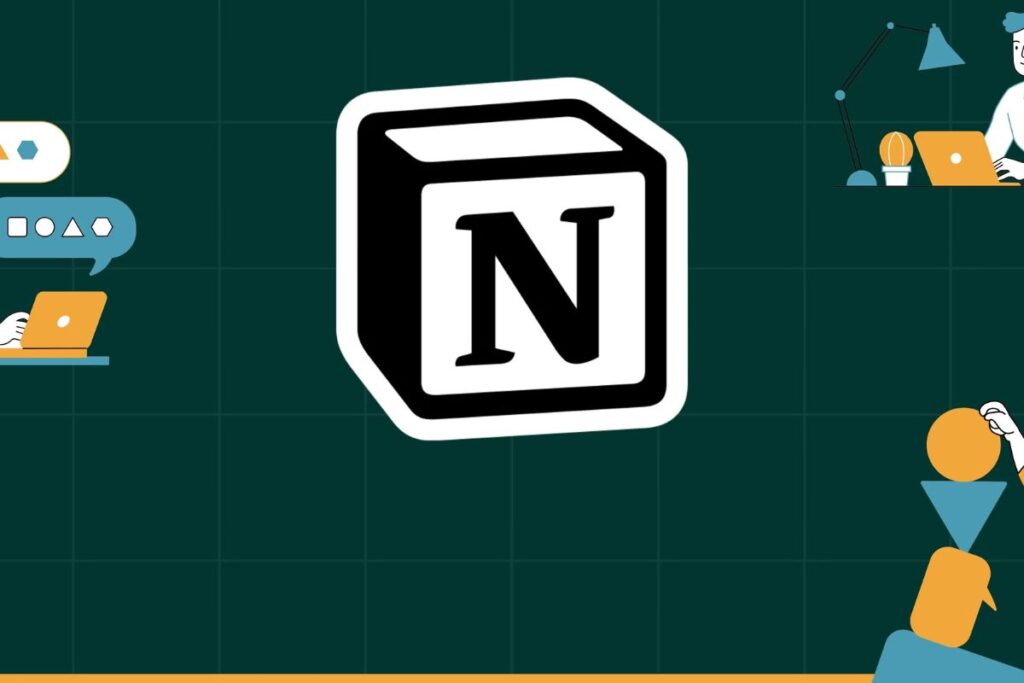The modern workplace has undergone a seismic shift. What once demanded physical desks and watercooler meetings has now transformed into a digital, distributed, and highly flexible environment. As remote work becomes the standard rather than the exception, companies across industries are searching for efficient, scalable, and intuitive remote team management software to keep their operations synchronized and productive.
In this article, we explore the evolution of remote work, identify the core features of effective software, and showcase the top tools reshaping how companies manage teams in a virtual landscape.
The Rise of Remote Work
The pandemic acted as a catalyst, accelerating a trend already in motion. Now in 2025, remote work is a strategic advantage rather than a contingency plan. It’s about:
- Access to global talent
- Reduced operational costs
- Flexible work environments that boost morale
- Sustainability via decreased commuting
However, distributed workforces also bring challenges: miscommunication, project delays, lack of visibility, and cultural disconnects. This is where robust remote team management software becomes not just helpful—but essential.
Key Features of Remote Team Management Software
Not all tools are created equal. Effective software for managing remote teams should offer:
- Real-time communication (chat, video conferencing)
- Project and task management
- Time tracking and productivity monitoring
- Cloud-based document sharing
- Security and compliance features
- Team analytics and performance insights
Let’s now dive into the top software tools businesses are using in 2025 to run their remote teams seamlessly.
Top Remote Team Management Software in 2025
1. Slack – Communication Powerhouse
Slack has matured into a central nervous system for remote teams. Its intuitive interface, third-party integrations, and asynchronous flexibility make it indispensable.

Highlights:
- Channel-based messaging
- Video/audio huddles
- Workflow automation with Slackbot
- Integration with over 2,400 tools
Best For: Tech companies, startups, agile teams
2. Asana – Project Management Excellence
Asana combines visual project tracking with productivity automation. It’s designed to make goals, deadlines, and dependencies transparent for all team members.
Highlights:
- Task lists, boards, and timelines
- Goal setting and progress visualization
- AI-generated work suggestions
Best For: Marketing, product, operations teams
3. Trello (with AI Add-ons) – Kanban Simplicity
Trello remains popular due to its simplicity. Its AI-powered Butler now automates tasks, while the tool retains its user-friendly board interface.
Highlights:
- Kanban boards with cards and labels
- Calendar and dashboard views
- Power-Ups (integrations and automation)
Best For: Creative teams, freelancers, startups
4. Zoom – High-Quality Video Collaboration
Zoom has expanded beyond meetings. Now it offers hybrid workspaces, persistent chat, and whiteboarding, making it an all-in-one communication tool.
Highlights:
- HD video meetings and webinars
- AI-powered meeting summaries
- Collaboration tools (Zoom Whiteboard, Team Chat)
Best For: Client meetings, training sessions, remote education
5. ClickUp – All-in-One Productivity Platform
ClickUp has emerged as a top choice due to its flexibility and broad feature set. It replaces multiple tools by offering task management, docs, chat, and goal tracking in one platform.
Highlights:
- Customizable dashboards
- Real-time collaboration docs
- Time tracking and workload management
Best For: Agencies, remote-first companies, SMBs
6. Notion – Knowledge Base and Project Hub
Notion combines note-taking, databases, and project management in a single workspace. Its templates and AI writing tools make team collaboration seamless.

Highlights:
- Collaborative document editing
- Task boards, calendars, databases
- AI for content summarization and idea generation
Best For: Product, engineering, and content teams
7. Time Doctor – Productivity & Time Tracking
Time Doctor provides visibility into how team members spend their workday, offering powerful insights for both employees and management.
Highlights:
- Screenshots and website/app usage
- Task-based time tracking
- Payroll and productivity reports
Best For: Remote BPOs, outsourcing firms, agencies
8. Monday.com – Workflow Automation
Monday.com adapts to different industries with its customizable workflows. It provides structure to distributed teams and automates repetitive work.
Highlights:
- Color-coded dashboards
- Automations for task status changes and alerts
- CRM and HR modules
Best For: Mid-size to large teams across sectors
9. Basecamp – Team Alignment with Simplicity
Basecamp offers an organized way to manage communications, tasks, and files. Its minimalist approach suits teams that prefer simplicity over complexity.
Highlights:
- Message boards and check-ins
- Automatic check-ins and Hill Charts
- Flat pricing model
Best For: Creative agencies, consultants, small businesses
10. Krisp – AI Noise Cancellation and Meeting Transcription
Krisp is not a full management platform but complements others by improving communication. It removes background noise and provides real-time meeting transcriptions.
Highlights:
- Voice enhancement for calls
- AI meeting notes
- Works with Zoom, Google Meet, Teams
Best For: Any team doing frequent video calls
Benefits of Using Remote Team Management Software
1. Greater Accountability
With clear task assignments and progress tracking, everyone knows who’s responsible for what and when.
2. Better Communication
Instant messaging, video calls, and real-time document collaboration reduce misunderstandings.
3. Scalable Processes
Workflows, templates, and automation features scale as your business grows.
4. Enhanced Work-Life Balance
Remote tools help employees manage their time more flexibly, boosting overall satisfaction and retention.
5. Data-Driven Insights
Performance analytics and time-tracking features help managers make informed decisions about workload distribution and hiring needs.

Remote Work Challenges & How These Tools Solve Them
| Challenge | Software Solution |
| Communication breakdowns | Slack, Zoom, Notion |
| Project delays | Asana, ClickUp, Trello |
| Time zone differences | Time Doctor, Monday.com |
| Lack of transparency | Basecamp, Notion |
| Security & compliance | Monday.com, Zoom |
How to Choose the Right Software for Your Remote Team
- Identify Your Needs – Do you need better task management or communication?
- Evaluate Integrations – Will it work with your current tools (Google Workspace, Salesforce, etc.)?
- Assess Team Size & Growth – Can it scale as you grow from 10 to 100 employees?
- Check for Mobile Support – Is the experience seamless on mobile devices?
- Prioritize Security – Especially if you’re handling sensitive customer data.
Looking Ahead: What’s Next for Remote Team Software?
- AI-Powered Assistants – Tools will increasingly automate task assignments, summarize meetings, and flag project risks.
- Immersive Collaboration – Virtual reality (VR) and augmented reality (AR) may enter mainstream platforms.
- Emphasis on Mental Health – Software will include well-being trackers and pulse surveys.
- Unified Work Hubs – Tools like ClickUp and Notion will absorb standalone apps, offering everything under one roof.
Conclusion
Remote work isn’t a temporary trend—it’s the blueprint for the future of business. Investing in the right remote team management software is like hiring a digital operations manager: one that never sleeps, never forgets, and always delivers.
Whether you’re a startup building global teams or a corporation adapting to hybrid work models, the tools listed here will help you foster collaboration, maintain accountability, and drive growth in a world where the new office is truly online.
Make the smart move today—because the future of work is already here.
